Jaundice In Cats
Jaundice in cats. An aspirate is necessary to help rule out other causes of jaundice in cats such as cholangiohepatitis pancreatitis gall bladder stones cancer specifically lymphosarcoma inflammatory bowel disease or even certain toxins. Serum transaminase levels will vary from mild to moderately elevated. Amyloidosis is a disease where a type of protein called amyloid is deposited within the liver causing disruption and dysfunction of the liver and predisposing the cat to liver rupture and bleeding into the abdomen.
One of the most specific symptoms of liver disease in cats is icterus also known as jaundice. IV fluids to help treat dehydration. Bile duct obstruction can also cause jaundice in your cat.
An antibiotic is used for treatment and other drugs are sometimes necessary. This happens when the duct that moves bile from the gall bladder to the small intestine becomes obstructed by something like gall stones. However this is where the certainty ends and the diagnostic challenge begins.
Evaluation for liver disease should include a complete blood count serum chemistry panel urinalysis and blood clotting evaluation. Jaundice in cats is considered to be abnormal no matter what the cause is. Some cats are genetically predisposed to this condition.
Haemolysis needs to be acute and severe typically PCV 13 to cause clinically evident jaundice and caution should therefore be taken in over-interpreting a mild anaemia to be the cause of jaundice. There is no mystery when it comes to a yellow cat. Inflammation of the liver and biliary tract.
Icterus occurs when the skin turns a yellow tint as well as the white parts of the eyes. Icterus and jaundiceboth of which describe a yellowish pigmentation of the skinindicate hyperbilirubinemia a 5- to 10-fold elevation in serum bilirubin concentration. Cats will frequently have mild to moderate anaemia associated with chronic or inflammatory disease in hepatic and post-hepatic disorders.
When red blood cells are destroyed at a rapid rate. Symptoms and Types Vomiting Diarrhea Lethargy Fever Abdominal pain Loss of appetite anorexia Paleness Yellowish discoloration of the skin Change in color of urine and feces orange colored Increased frequency polyuria and volume of urine Increased thirst polydipsia and consumption of water.
Jaundice abdominal swelling fever lethargy vomiting and diarrhea are seen in addition to signs of central nervous system lung or eye involvement.
Hepatic jaundice is the most common form to occur in cats. Jaundice abdominal swelling fever lethargy vomiting and diarrhea are seen in addition to signs of central nervous system lung or eye involvement. However this is where the certainty ends and the diagnostic challenge begins. This disease is recognized by the yellow tinge that appears on the animals skin. Inflammation of the liver and biliary tract. Hepatitis is an inflammation of the liver with several causes including bacterial or viral infection. Because the bile has nowhere to go the liver swells. Bile duct obstruction can also cause jaundice in your cat. Jaundice is recognized by a yellow color to the animals skin.
Icterus is due to a normal byproduct of the liver building up in the body. This happens when the duct that moves bile from the gall bladder to the small intestine becomes obstructed by something like gall stones. The yellow pigment is caused by a concentration of bilirubin. An aspirate is necessary to help rule out other causes of jaundice in cats such as cholangiohepatitis pancreatitis gall bladder stones cancer specifically lymphosarcoma inflammatory bowel disease or even certain toxins. Causes of posthepatic jaundice in the cat. Serum transaminase levels will vary from mild to moderately elevated. Evaluation for liver disease should include a complete blood count serum chemistry panel urinalysis and blood clotting evaluation.
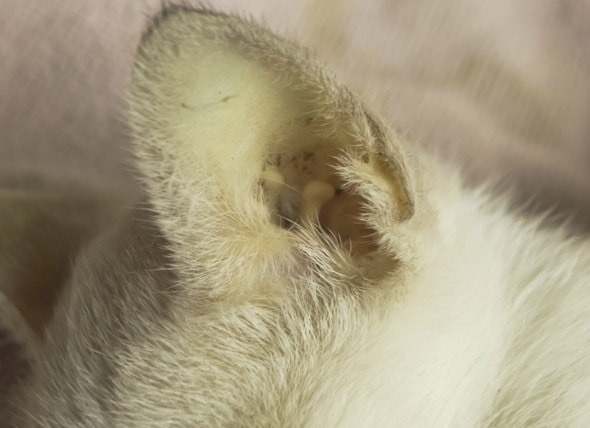

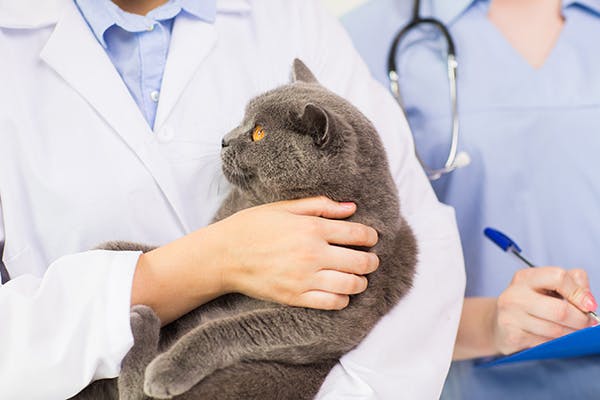
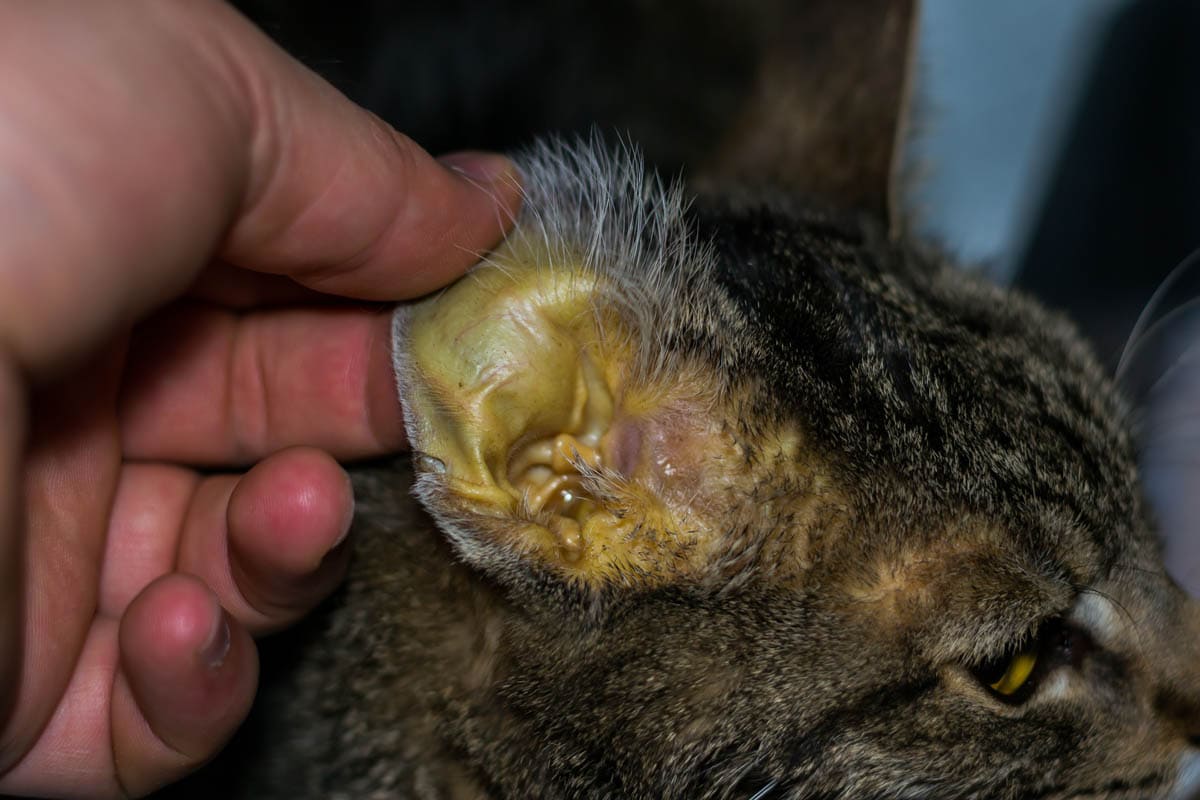

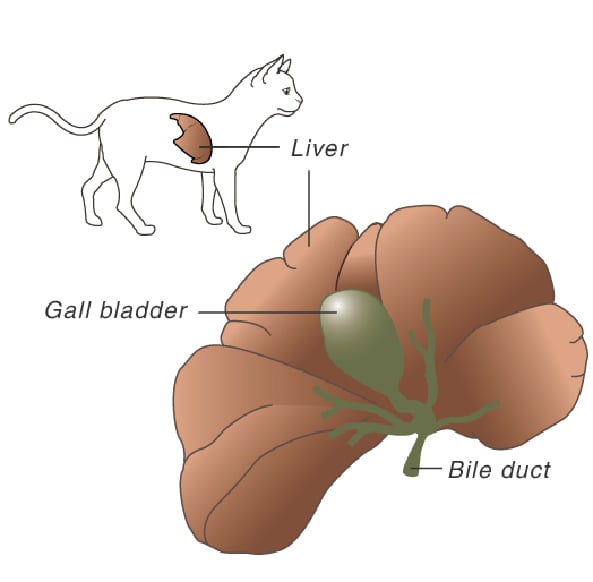

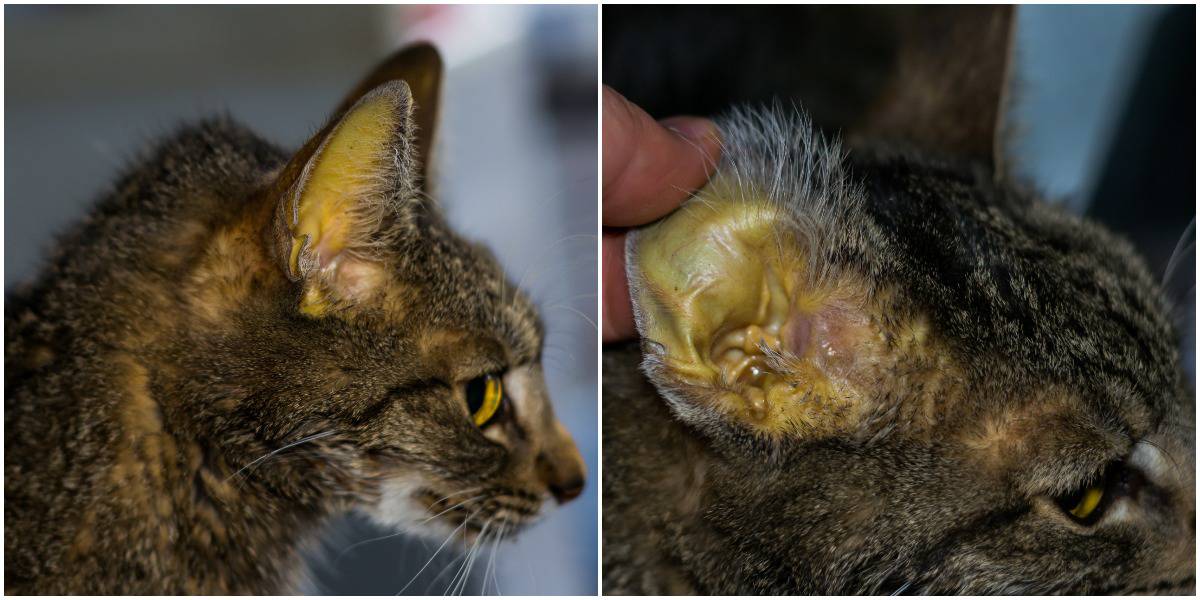








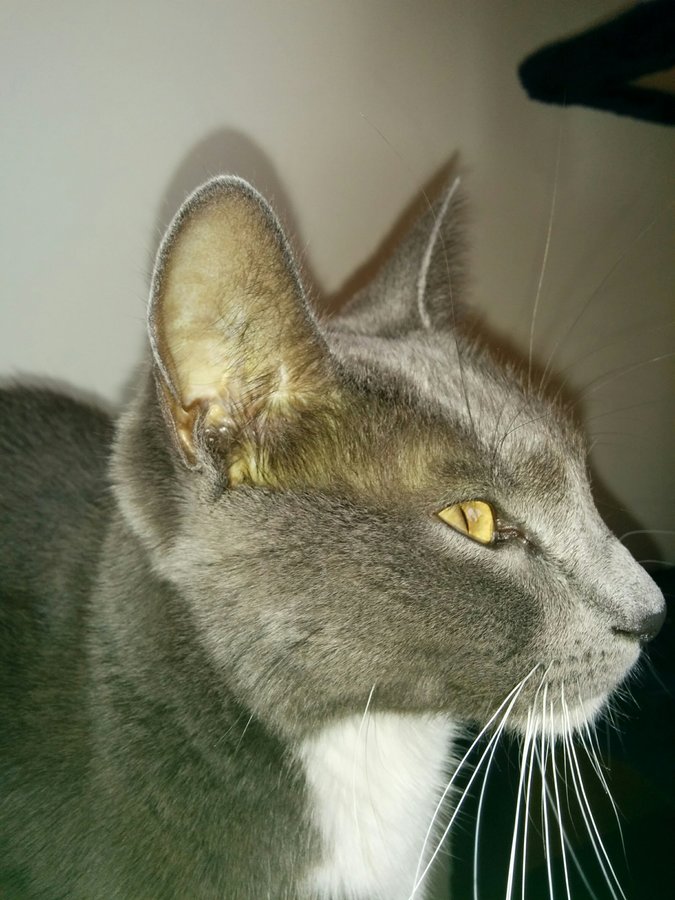




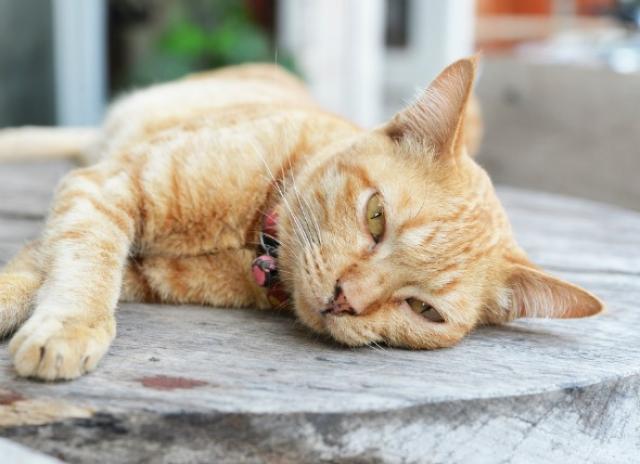
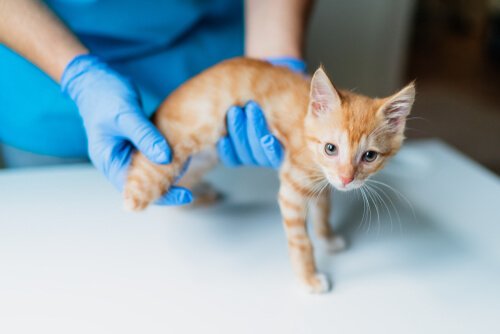
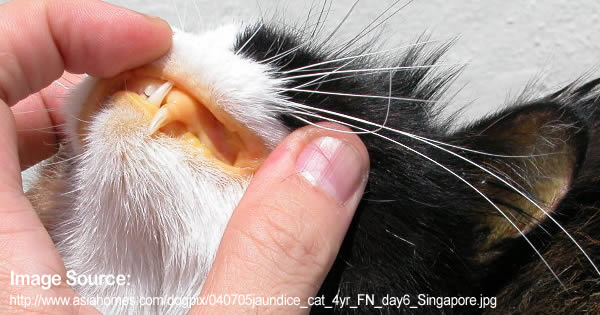

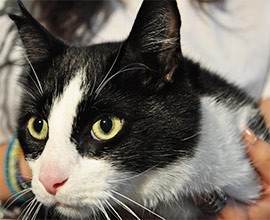

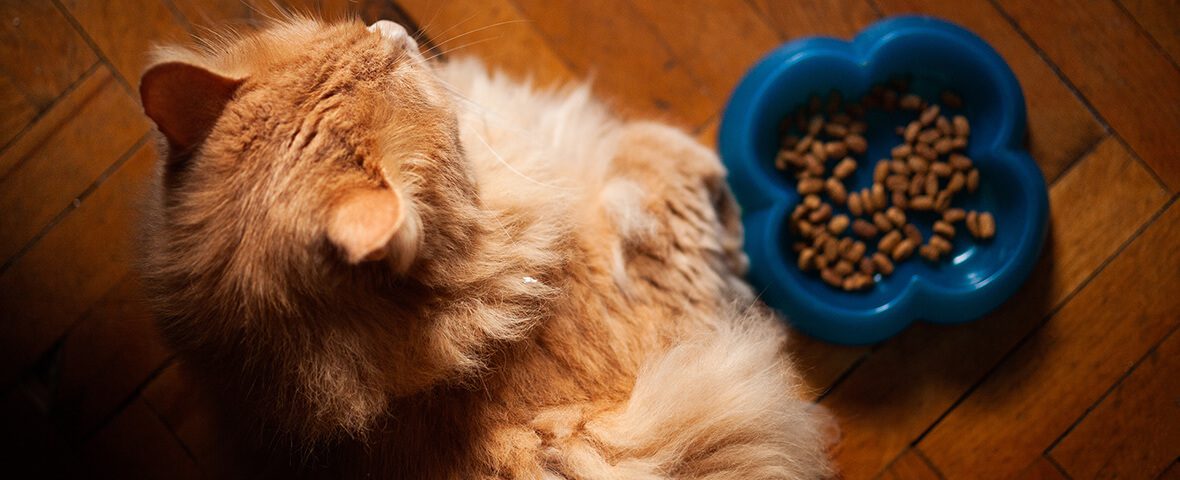

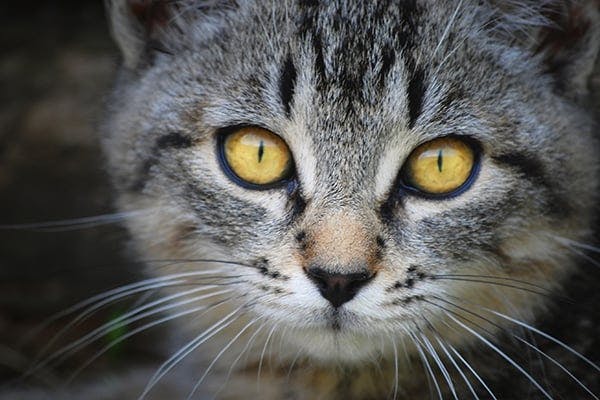
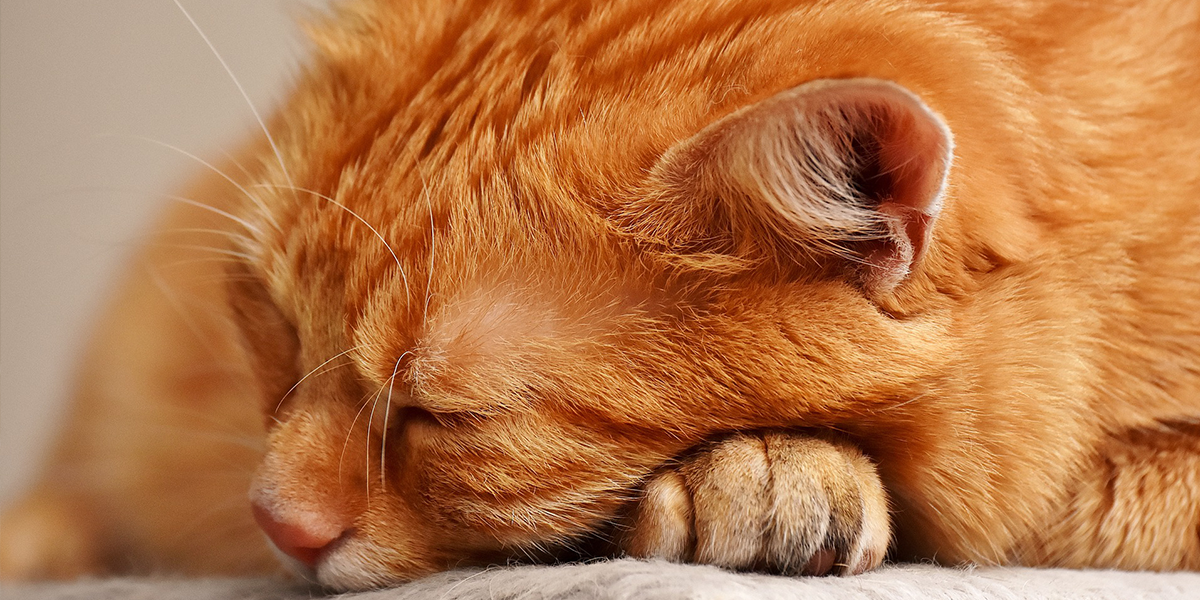

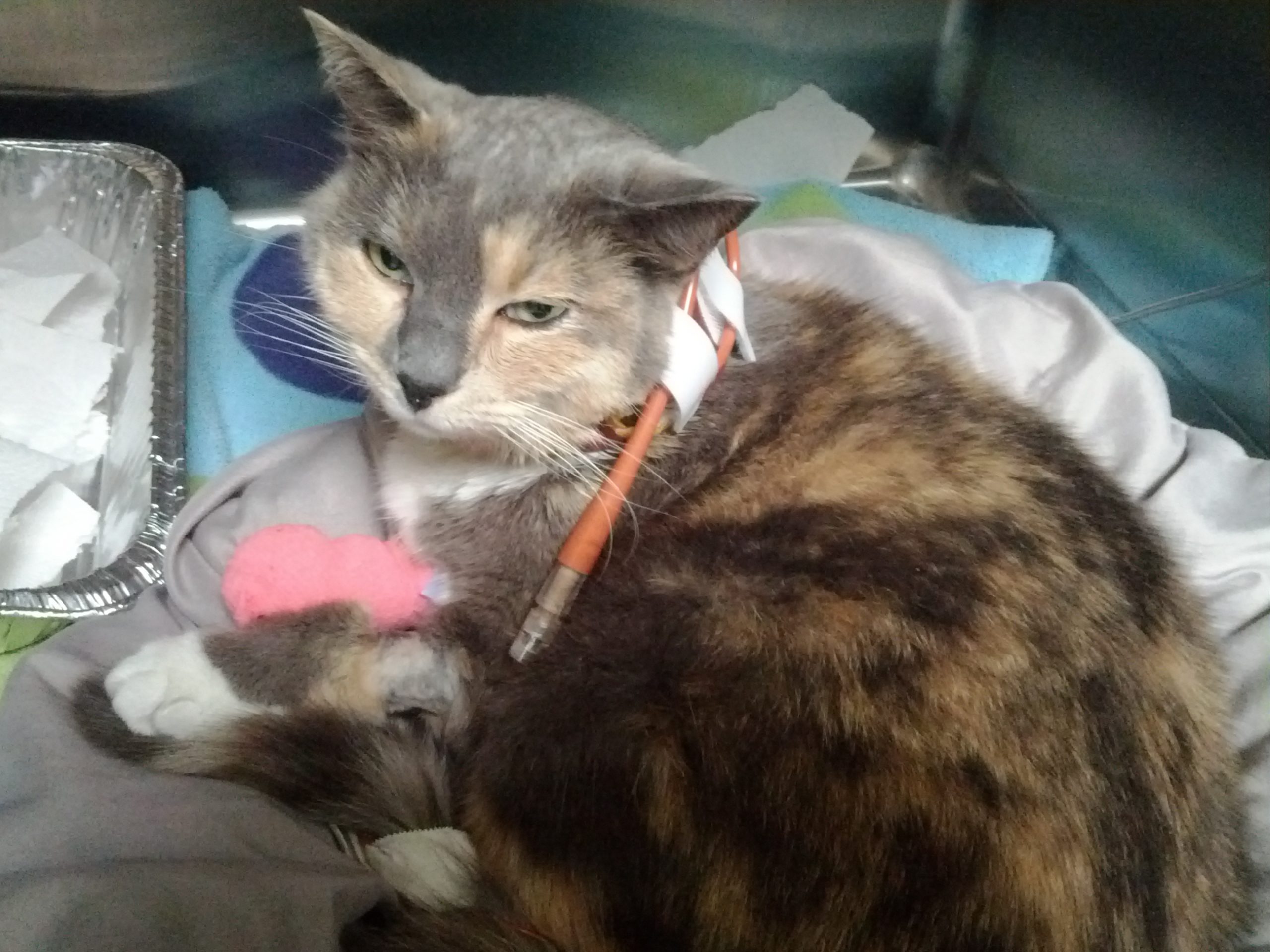
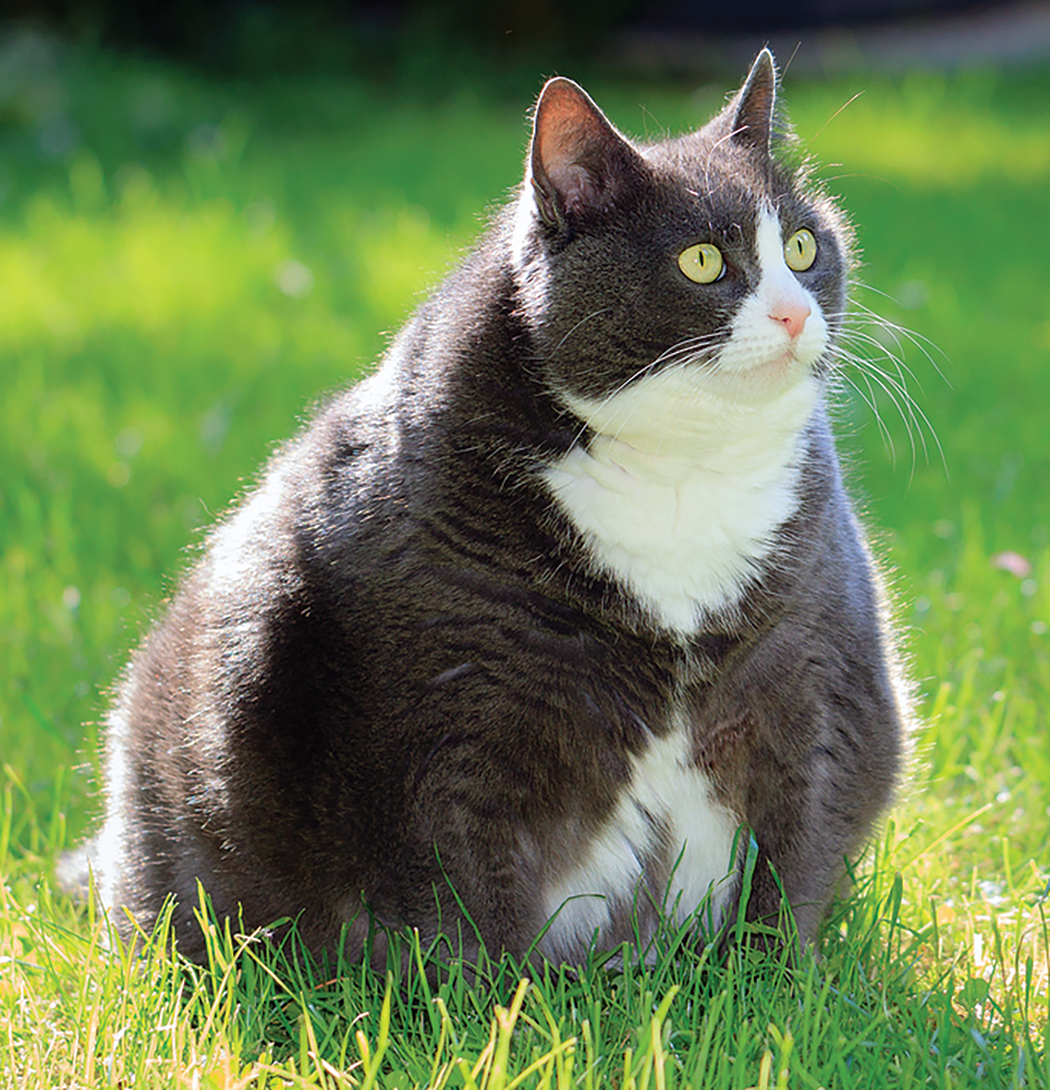









Post a Comment for "Jaundice In Cats"